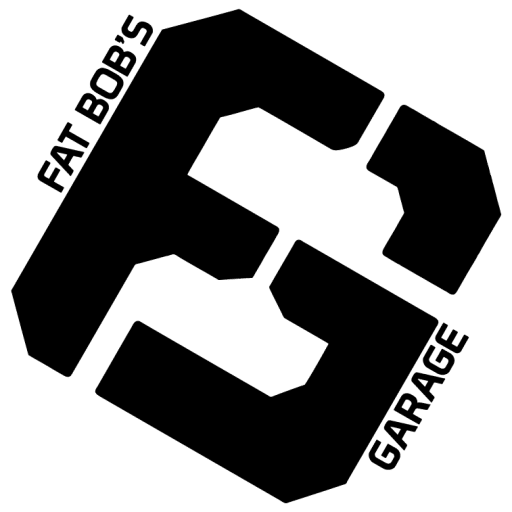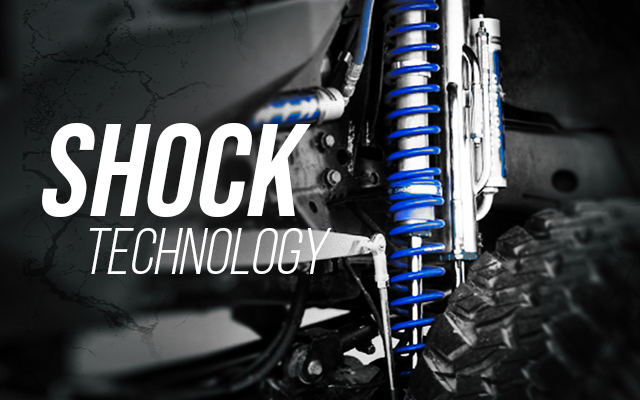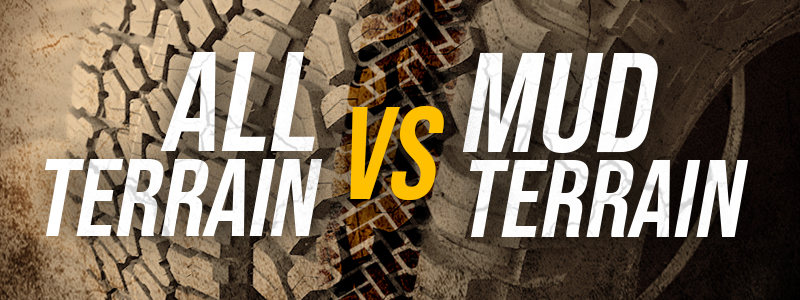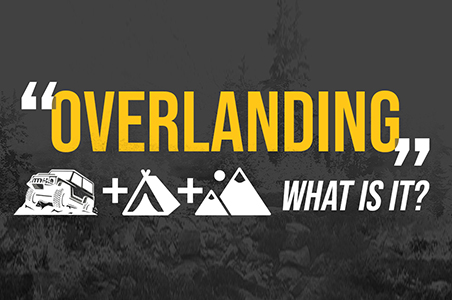Shock Absorber Technology

All-Terrain vs Mud-Terrain tires
October 11, 2019Today at Fat Bob’s Garage we will learn about Shock Absorber Technology.
Welcome, have a seat, grab a beverage and enjoy. In today’s lesson we will cover the basic shock absorber types and some technical details on each style of shock.
First things first… what do shocks actually do? Since our vehicles are sitting on springs, we need to have a device that counter acts the excessive and unwanted movement that springs create, this is where shock absorbers come in. They are hydraulic devices that counter the movement of the spring via the internal piston that moves against pressurized oil within the shock cylinder. Commonly referred to as a damper. In layman’s terms: they stop the car from bouncing up and down after you hit a bump.
Now that we have the basics down let’s move into the different types of Shock Technology.
Hydraulic Shocks Absorbers:
The best solution for you unless you’re planning to enter the Baja 1000. These are designed to deliver a more forgiving ride, especially over bumps. As the name suggests, they are a shock tube with hydraulic fluid inside that counteracts the movement of the springs. Generally speaking, 99% of larger trucks will use a hydraulic solution.
Gas Pressure Shock Absorbers:
Normally the gas added here is Nitrogen. This technology was developed because hydraulic fluid has air in it, approximately 10%. In high-speed applications where the shocks are working overtime, the traditional hydraulic solution is prone to fail because the air and fluid will mix so much that it will basically foam up and fail to do its job. Hence the Baja 1000 comment above. But there is a downfall, even if money is not an option in your build, they tend to ride very stiff.
(image: https://www.tein.co.jp/e/special/ni_toryu/img/img_tigai.gif)
Best of Both Worlds:
As the saying goes, technology makes everything better over time. Holds true with shock technology as well. Now shocks with both Nitrogen and Hydraulic Oil are very common. The Nitrogen gas is pressurized to approximately 100PSI to help prevent the foaming which leads to decreased dampening performance.
Now let’s move on to common shock styles and the pros and cons of each style.
Coilover:
Save the best for last? Nope, we’re starting with the best. A coilover setup is a “all-in-one” where the spring is wrapped around the shock resulting in a singular suspension unit. Coilovers are extremely customizable, meaning that you will be able to set up your rig with surgeon like precision.
(image: https://cdn.nexternal.com/fbg/images/vqs33.jpg)
Pros:
- Adjustable height and dampening
- Rebuildable
- Totally custom solution
Cons:
- Expensive
- Difficult / Tedious to tune
- Some cases could require custom mount solution
Twin-Tube:
The twin-tube shock is generally the most economic option. It is a reservoir within a reservoir where the outside casing is filled with low pressure gas and the inside is filled with hydraulic oil. As the shock compresses the area filled with low pressure gas is filled with hydraulic oil, as the gas is compressed more, the amount of force necessary to continue compression increases.
(image: https://cdn.nexternal.com/fbg/images/silver82450.jpg)
Pros:
- Rides like stock
- Cheaper solution
- Easy install
Cons:
- Oil can foam more easily resulting in poor performance
- Low heat dissipation properties
Monotube:
Monotube shocks are just as the name implies – they only have one reservoir which houses both the hydraulic oil & the nitrogen gas. Within the tube, the gas and oil sit on top of each other with a piston separating the two. As the shock compresses the piston pushes further down on either the gas or oil creating more pressure thus increasing the force necessary to continue compressing the shock further.
(image: https://cdn.nexternal.com/fbg/images/24-188265-500.jpg)
Pros:
- Better performance for frequent off-roaders
- Stronger than twin-tube due to larger diameter of piston
- Better heat dissipation
Cons:
- High cost
- Reduced overall shock travel
External Reservoir Shocks:
You need style points? With the extra reservoir mounted near the suspension system these look very cool. These shocks are essentially monotube shocks with an additional reservoir that is capable of holding more oil. With more oil comes greater cooling capabilities. During compression the extra oil is forced into the reservoir, because of this, the risk of foaming is eliminated.
(image: https://cdn.nexternal.com/fbg/images/dk_1616H_c.jpg)
Pros:
- Better performance for serious off-roaders
- No risk of foaming
- Custom valving options for increased precision
Cons:
- High cost
- Susceptible to leaks
- Custom mount for reservoir
Which Shocks are right for me?
The answer for this one comes in the form of a question: “What are your needs?” Are you here because your shocks failed from you beating on them? If so, you may need to consider investing in a more durable solution such as the Monotube. Are you just looking to upgrade your existing set up? Give us a call at 801-395-2134 and we’ll help you make the right decision.




